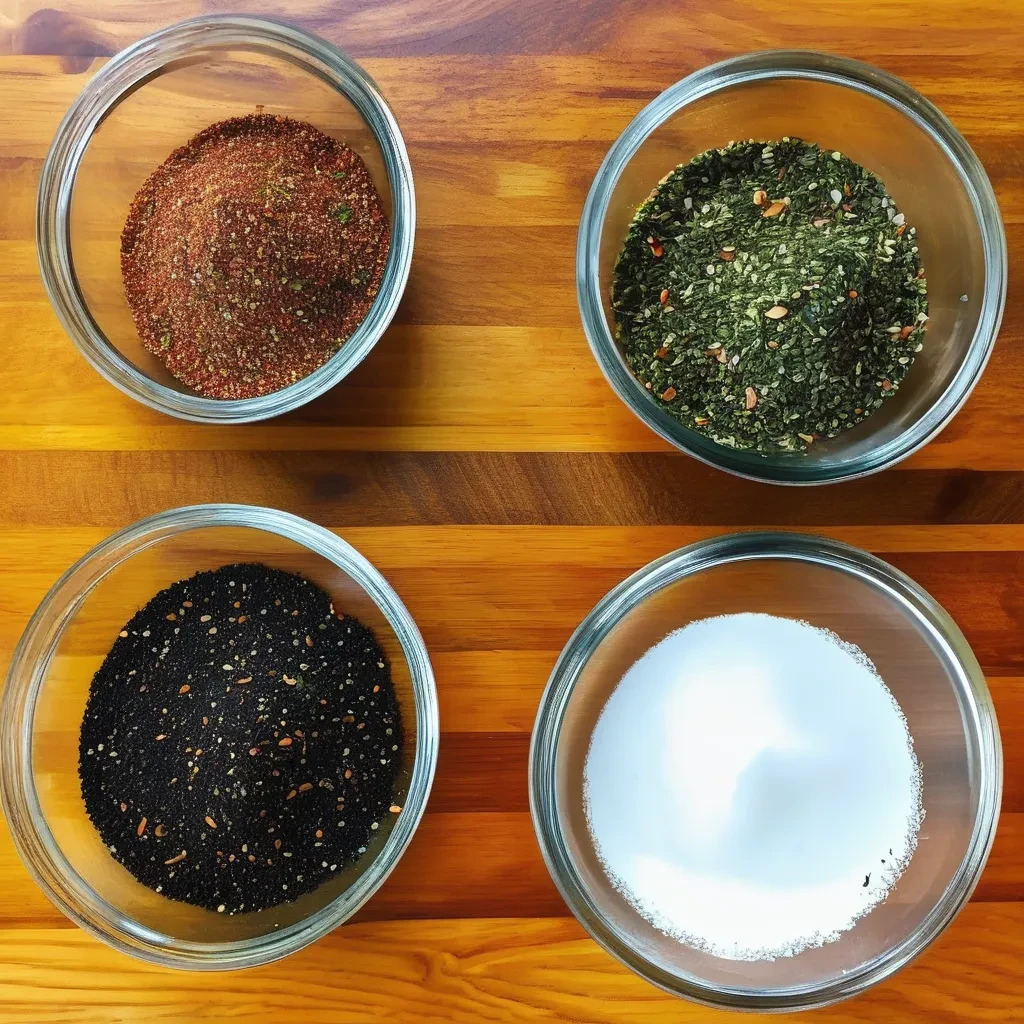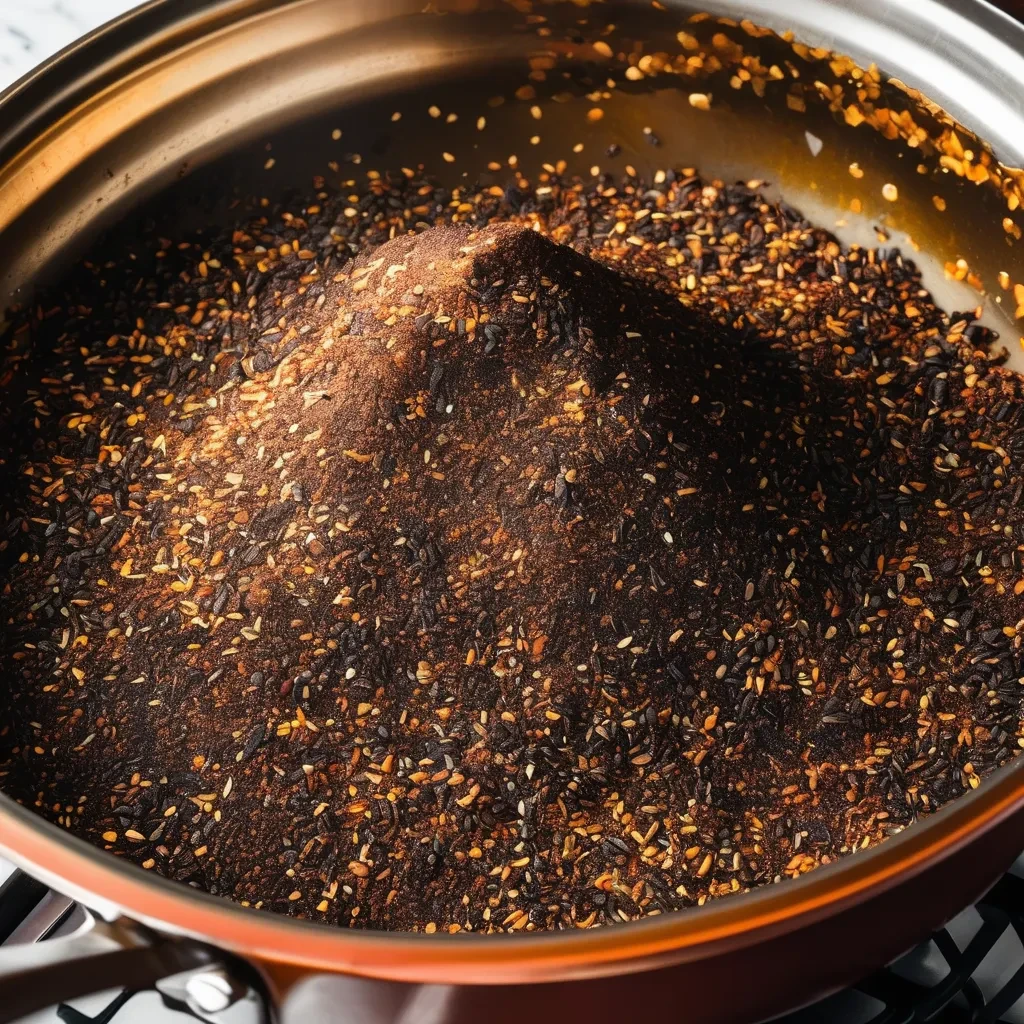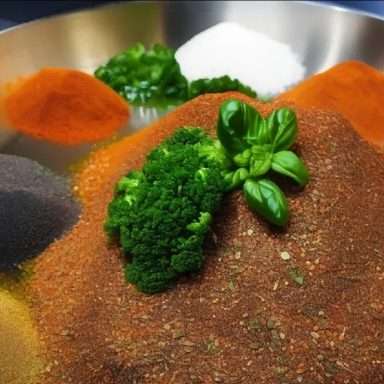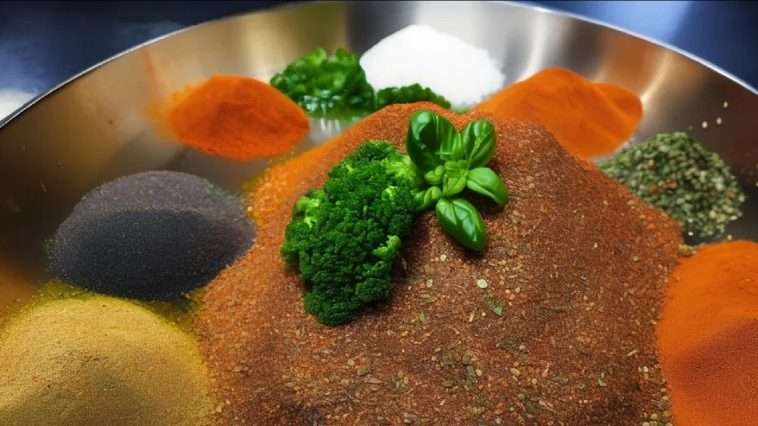Blackened seasoning is a bold and flavorful spice blend that originated in Louisiana, primarily associated with Cajun and Creole cuisine. It was popularized by chef Paul Prudhomme in the 1980s, who created the technique of “blackening” food by cooking it at high temperatures in a cast-iron skillet, resulting in a charred, flavorful crust. This seasoning mix typically combines a variety of spices, including paprika, cayenne, garlic powder, and herbs, making it a versatile addition to various dishes.
Why I Love Blackened Seasoning Recipe
I love this homemade blackened seasoning recipe because it allows me to infuse my dishes with a depth of flavor that’s hard to achieve with store-bought blends. The combination of spices creates a perfect balance of heat and smokiness, elevating everything from fish to chicken and vegetables. It’s my go-to seasoning when I want to add a bit of excitement to a simple meal.
What makes this recipe even better is its simplicity. By making it at home, I can control the ingredients and adjust the heat level to suit my taste preferences. Plus, it’s incredibly easy to whip up a batch in just a few minutes, ensuring I always have this vibrant seasoning on hand whenever inspiration strikes in the kitchen.

Serving Suggestions For Blackened Seasoning Recipe
Homemade blackened seasoning is incredibly versatile, adding a bold kick to a variety of dishes. Here are four serving suggestions to inspire your culinary creations:
- Blackened Salmon: Rub the seasoning generously over salmon fillets before pan-searing them in a hot skillet. The high heat will create a beautiful charred crust while keeping the fish moist and flaky. Serve with a side of lemon-dill sauce for a delightful contrast.
- Blackened Shrimp Skewers: Toss shrimp with the seasoning and skewer them for grilling. The quick cooking time will allow the shrimp to soak up all the flavors while achieving a slightly charred exterior. Pair with a mango salsa for a refreshing touch.
- Spiced Cauliflower Steaks: Cut cauliflower into thick slices and coat with blackened seasoning before roasting or grilling. This hearty vegetarian option makes for a delicious main dish or side, showcasing the seasoning’s rich flavors.
- Seasoned Rice or Quinoa: Stir a teaspoon or two of blackened seasoning into cooked rice or quinoa for an instant flavor boost. This simple addition transforms a basic grain into a delicious side dish that complements any main course.
These serving suggestions highlight the incredible versatility of homemade blackened seasoning, ensuring it can elevate a wide range of meals!
Variations For Blackened Seasoning Recipe
Feel free to get creative with your blackened seasoning by trying these four delicious variations:
- Zesty Lemon Herb: Add lemon zest and dried herbs like thyme and parsley to your spice blend. This variation offers a bright, fresh flavor that pairs wonderfully with fish and chicken.
- Smoky BBQ Blend: Incorporate smoked paprika and a touch of brown sugar for a sweet and smoky flavor profile. This version is fantastic for grilling meats and adding a barbecue twist to your dishes.
- Curry-Infused Seasoning: Mix in curry powder for a unique twist on traditional blackened seasoning. This variation adds a warm, aromatic element that works well with vegetables and rice dishes.
- Sweet and Spicy: Combine the original blend with a bit of brown sugar and cayenne pepper for a sweet and spicy kick. This variation is perfect for enhancing grilled meats and roasted vegetables.
These variations allow you to personalize your blackened seasoning, making it suitable for different cuisines and flavor preferences!

Storage and Shelf Life For Blackened Seasoning Recipe
To keep your homemade blackened seasoning fresh and flavorful, proper storage is key. Here are some essential tips to ensure longevity:
- Airtight Containers: Store your seasoning in a clean, airtight container to prevent moisture and air exposure, which can diminish its potency over time.
- Cool, Dark Location: Keep the container in a cool, dark place, such as a pantry or cupboard, away from direct sunlight and heat sources that could degrade the spices.
- Label and Date: Label your container with the date you made the seasoning. This helps track freshness and ensures you use it within its optimal period.
- Shelf Life: Homemade blackened seasoning can last up to 6 months if stored properly, though for the best flavor, it’s recommended to use it within 3 months.
Following these storage tips will ensure your homemade blackened seasoning stays vibrant and ready to elevate your meals!
Health Benefits Of Blackened Seasoning Recipe
Homemade blackened seasoning not only enhances the flavor of your dishes but also offers several health benefits. Here are some key advantages:
- Antioxidant-Rich Ingredients: Many spices in the blend, such as paprika and garlic, are high in antioxidants, which help combat oxidative stress and promote overall health.
- Metabolism Boosting: The cayenne pepper in the seasoning is known to boost metabolism and may assist with weight management by increasing calorie burn.
- Anti-Inflammatory Properties: The various spices, including turmeric and black pepper, have anti-inflammatory effects that can contribute to overall wellness and help alleviate inflammation in the body.
- Low-Calorie Flavor Enhancer: Using this seasoning allows you to add rich flavors to your meals without relying on added fats or sugars, making it a healthier choice for flavoring dishes.
Incorporating homemade blackened seasoning into your cooking not only elevates the taste but also supports a healthier lifestyle!


Blackened Seasoning Recipe
Equipment
- Measuring spoons
- Mixing bowl
- Airtight container for storage
- Whisk or spoon for mixing
Ingredients
- 2 tablespoon paprika
- 1 tablespoon cayenne pepper
- 1 tablespoon garlic powder
- 1 tablespoon onion powder
- 1 tablespoon dried thyme
- 1 tablespoon dried oregano
- 1 teaspoon black pepper
- 1 teaspoon salt
Instructions
- Combine Ingredients: In a mixing bowl, combine all the ingredients: paprika, cayenne pepper, garlic powder, onion powder, dried thyme, dried oregano, black pepper, and salt.
- Mix Well: Use a whisk or spoon to thoroughly mix the spices until well blended.
- Taste and Adjust: Taste the seasoning and adjust any ingredient quantities based on your flavor preferences, adding more cayenne for heat or more salt as desired.
- Store: Transfer the seasoning to an airtight container and label it with the date.
- Use: Use this seasoning to coat meats, fish, or vegetables before cooking, or mix it into sauces for an added kick.
Related Video
Related Notes
- Balancing Spice Levels: Feel free to adjust the amount of cayenne pepper based on your spice tolerance. Start with less and add more until it suits your taste.
- Use Fresh Spices: For the best flavor, ensure your spices are fresh. Old spices can lose their potency and flavor, affecting the overall taste of your seasoning.
- Mixing Techniques: When blending the seasoning, ensure all ingredients are well combined to achieve a uniform flavor throughout.

